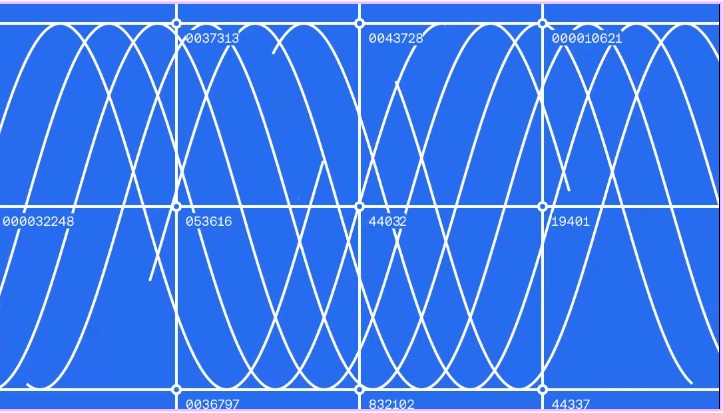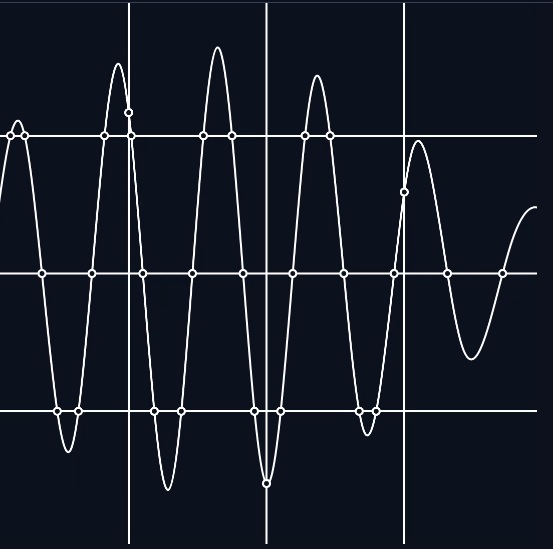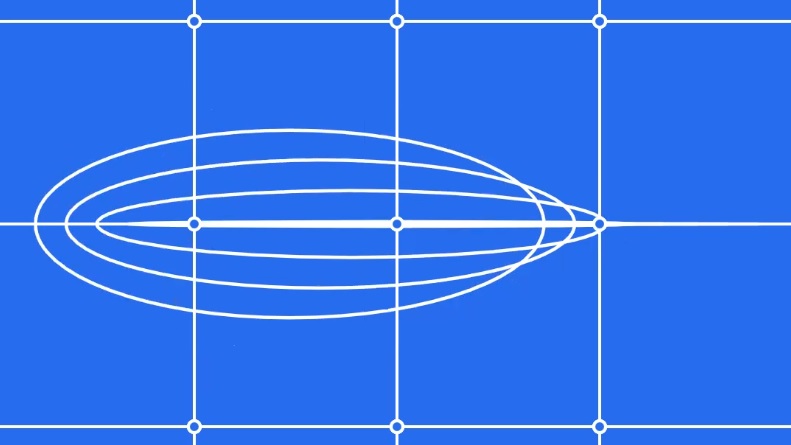1.6 FusionEnergy Dynamics
1.6 FusionEnergy Dynamics https://cdn.sanity.io/files/zmh9mnff/production/fad967e20d89630323c940b6803ba71c2d361d24.mp4 The Future of Clean Energy The search for clean, limitless energy is one of the greatest challenges of our time. As traditional energy sources like fossil fuels become increasingly unsustainable, the need for innovative solutions has never been greater. FusionEnergy Dynamics is at the forefront of this revolution, combining the power of AI with cutting-edge nuclear fusion research to provide a sustainable, scalable, and near-limitless source of clean energy. 🔋 Why FusionEnergy Dynamics?Nuclear fusion, the same process that powers the sun, has long been seen as the holy grail of clean energy. Unlike nuclear fission, which splits atoms and produces radioactive waste, fusion fuses atoms together, releasing massive amounts of energy with minimal environmental impact. However, harnessing fusion energy on Earth has proven to be an enormous technical challenge—until now. FusionEnergy Dynamics is transforming the energy landscape by integrating AI-powered systems to manage fusion reactions in real-time. These AI-driven systems optimize the fusion process, ensuring safety, efficiency, and scalability. By combining nuclear fusion with dynamic energy management, FusionEnergy Dynamics is creating the blueprint for the future of global energy production. 🔧 How FusionEnergy Dynamics WorksFusionEnergy Dynamics is based on three core technologies: Fusion Reactors: At the heart of FusionEnergy Dynamics are nuclear fusion reactors that generate energy by fusing hydrogen atoms together. This process creates energy without the harmful byproducts of traditional nuclear fission, such as radioactive waste. AI-Powered Management Systems: AI is crucial in managing the complex reactions within fusion reactors. It monitors and controls the fusion process in real-time, ensuring optimal performance and safety. Dynamic Energy Management: AI-driven energy management systems distribute the generated energy efficiently, ensuring that grids and industrial systems are powered in the most efficient manner possible. This system can dynamically adjust energy output based on demand, reducing waste and improving overall sustainability. ⚙️ Applications of FusionEnergy Dynamics Power Grids: FusionEnergy Dynamics is designed to power large-scale energy grids, providing a constant, reliable source of clean energy. This is particularly valuable for regions that rely on inconsistent renewable sources like wind or solar. Fusion reactors can provide consistent energy, helping to stabilize the grid and meet demand. Heavy Industry: Industries that consume vast amounts of energy, such as manufacturing and mining, can benefit from fusion energy’s ability to provide large quantities of clean power. Fusion reactors are scalable, making them ideal for industrial applications where high energy demand is a constant factor. Space Exploration: FusionEnergy Dynamics also holds enormous potential for powering long-term space missions. Fusion reactors are capable of providing vast amounts of energy without requiring constant refueling, making them ideal for deep-space exploration and colony establishment. 🌎 The Path to Limitless Clean EnergyThe potential of FusionEnergy Dynamics goes far beyond reducing carbon emissions—it has the power to fundamentally reshape global energy systems. By providing a near-limitless source of clean energy, FusionEnergy Dynamics could end reliance on fossil fuels, reduce greenhouse gas emissions, and provide energy security for future generations. As the world grapples with climate change, technologies like FusionEnergy Dynamics will be critical in creating a sustainable energy future. What is Quantum AI? Quantum AI enhances FusionEnergy Dynamics by allowing for faster, more accurate real-time data processing within the fusion reactors. This ensures that the fusion process remains stable and efficient, even as the reactors scale up to meet larger energy demands. With Quantum AI, FusionEnergy Dynamics becomes a powerful tool for managing energy production on a global scale. Tech Tip: 💡 Tip of the day: When looking for clean energy solutions, consider technologies that not only provide energy but do so efficiently and sustainably. FusionEnergy Dynamics offers limitless potential with minimal environmental impact! Limerick to end the day:Fusion that’s clean and bright,Powers cities both day and night,With AI at play,We’re paving the way,For a future that’s energy-right! ⚡
1.6 FusionEnergy Dynamics Read More »









